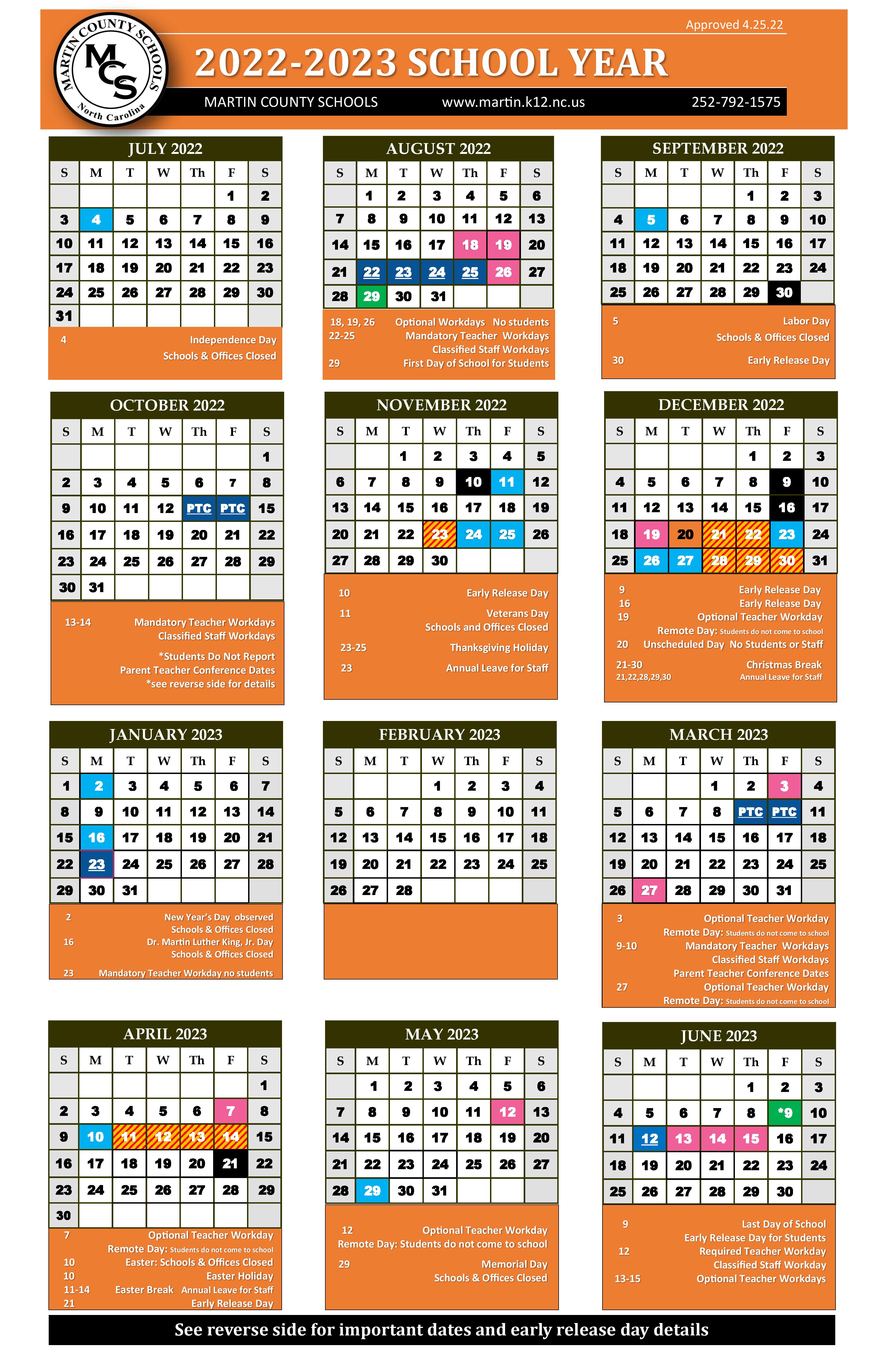The Foundation Shavano Calendar 2025-2025: A Fictional Exploration of Time and Tradition
Associated Articles: The Foundation Shavano Calendar 2025-2025: A Fictional Exploration of Time and Tradition
Introduction
With enthusiasm, let’s navigate by means of the intriguing subject associated to The Foundation Shavano Calendar 2025-2025: A Fictional Exploration of Time and Tradition. Let’s weave attention-grabbing data and supply recent views to the readers.
Desk of Content material
The Foundation Shavano Calendar 2025-2025: A Fictional Exploration of Time and Tradition

The Foundation Shavano Calendar, a hypothetical system introduced right here, provides an interesting lens by means of which to look at different conceptions of time and the societal constructions which may come up from them. Not like our Gregorian calendar, deeply rooted in Western historical past and traditions, the Foundation Shavano system is designed to replicate a fictional tradition’s values, beliefs, and relationship with the pure world. This text will discover the intricacies of this imagined calendar spanning the years 2025-2025 (a symbolic illustration of a whole cycle inside the system), discussing its construction, its underlying philosophy, and its potential implications for a society organized round it.
The Philosophical Basis:
The Foundation Shavano folks, a hypothetical civilization inhabiting a fertile valley nestled inside an unlimited mountain vary, base their calendar on a cyclical understanding of time. Linearity, so prevalent in Western calendars, is absent. As an alternative, they emphasize the continual move of existence, the recurring patterns in nature, and the interconnectedness of all issues. Their calendar is not only a system for monitoring days and years; it is a residing reflection of their non secular beliefs and agricultural practices. The cycle of 2025-2025, for instance, represents the entire regeneration of a sacred grove – a central component of their cosmology – mirroring the cyclical nature of life, loss of life, and rebirth.
Structural Components:
The Foundation Shavano calendar differs essentially from our personal in a number of key elements:
-
The Harmonic Cycle: As an alternative of years, the Foundation Shavano calendar makes use of "Harmonic Cycles." Every Harmonic Cycle consists of 13 Moons, every Moon containing 28 days. This leads to a complete of 364 days. The additional day, or "Day of Concord," is a day of communal celebration and reflection, put aside for non secular practices and reaffirming the group’s bond with nature. This further day just isn’t assigned to any explicit Moon, floating outdoors the structured cycle, additional emphasizing the calendar’s cyclical fairly than linear nature.
-
The Moons: Every of the 13 Moons is called after a big pure phenomenon or occasion essential to the Foundation Shavano lifestyle. For instance, "Moon of the First Bloom" marks the start of the spring planting season, "Moon of the Harvest Moon" celebrates the autumnal bounty, and "Moon of the Silent Winds" signifies a interval of introspection and preparation for winter. The names themselves carry cultural weight, embedding the calendar deeply inside the material of their society.
-
The Weeks: Not like our seven-day week, the Foundation Shavano week contains 4 days. This division is linked to their perception within the 4 cardinal instructions and the 4 components (earth, air, hearth, water), every day representing a selected component and path, influencing day by day actions and social interactions.
-
The Days: Days are named numerically inside every Moon, avoiding any affiliation with particular deities or historic occasions. This concentrate on numerical simplicity underscores the calendar’s sensible operate in organizing agricultural actions and day by day routines.
Social Implications:
The Foundation Shavano calendar has profound implications for his or her societal construction:
-
Agricultural Practices: The calendar’s alignment with pure cycles instantly influences their agricultural practices. Planting, harvesting, and different essential agricultural actions are meticulously timed in line with the lunar cycles, guaranteeing optimum yields and a harmonious relationship with their setting.
-
Social Group: The four-day week and the cyclical nature of the calendar foster a robust sense of group. The "Day of Concord" acts as a strong unifying pressure, reinforcing social cohesion and shared values. The naming of Moons and the importance attributed to every day encourage communal participation in celebrations and rituals.
-
Religious Beliefs: The calendar is deeply interwoven with their non secular beliefs. Every Moon and day carries symbolic which means, guiding their non secular practices and fostering a deep reference to the pure world. The calendar serves as a relentless reminder of their place inside the bigger cosmic order.
-
Time Notion: The cyclical nature of the Foundation Shavano calendar fosters a distinct notion of time in comparison with our linear mannequin. As an alternative of specializing in progress and future-oriented objectives, their emphasis on cycles promotes a way of continuity, acceptance of recurring patterns, and a deeper appreciation for the current second.
Challenges and Variations:
Whereas the Foundation Shavano calendar presents a compelling different to our personal, it additionally presents sure challenges:
-
Synchronization with different calendars: Integrating the Foundation Shavano calendar with the Gregorian calendar utilized by the broader world would require advanced conversion methods. This might pose challenges in worldwide commerce, communication, and collaboration.
-
Adaptability to altering environments: Whereas efficient in a steady setting, the calendar’s reliance on pure cycles may require changes if vital environmental adjustments happen, comparable to extended droughts or uncommon climate patterns.
-
Sustaining Cultural Integrity: Within the face of globalization and cultural change, preserving the distinctive cultural significance embedded inside the Foundation Shavano calendar would require aware effort and a robust dedication to preserving their traditions.
Conclusion:
The Foundation Shavano Calendar 2025-2025, though fictional, gives a wealthy floor for exploring alternative routes of organizing time and society. By contrasting it with our personal Gregorian calendar, we acquire a deeper appreciation for the cultural and philosophical underpinnings of our personal timekeeping methods. The Foundation Shavano calendar highlights the potential of calendars that aren’t merely instruments for measuring time, but additionally highly effective devices for shaping cultural values, social constructions, and non secular beliefs. Its cyclical nature, its deep connection to the pure world, and its emphasis on group supply a compelling imaginative and prescient of a society organized round a essentially totally different understanding of time and its place inside the universe. The fictional exploration of this calendar encourages us to critically look at our personal relationship with time and to contemplate the potential for different fashions which may higher replicate our evolving values and aspirations.







Closure
Thus, we hope this text has offered precious insights into The Foundation Shavano Calendar 2025-2025: A Fictional Exploration of Time and Tradition. We respect your consideration to our article. See you in our subsequent article!